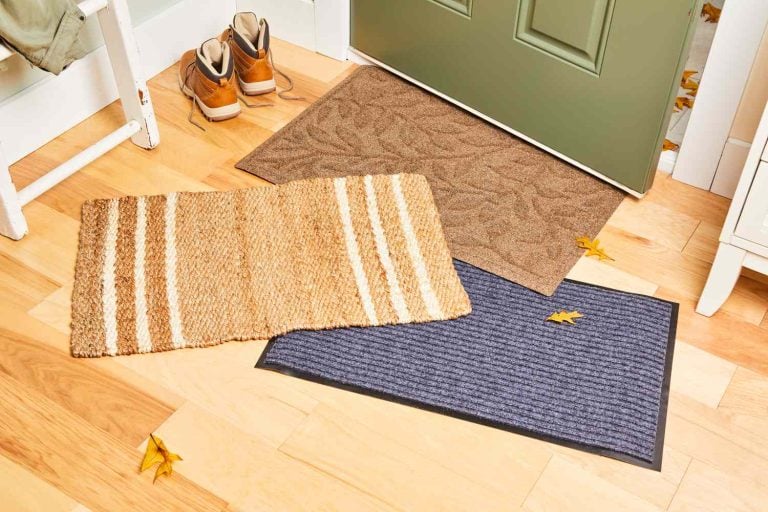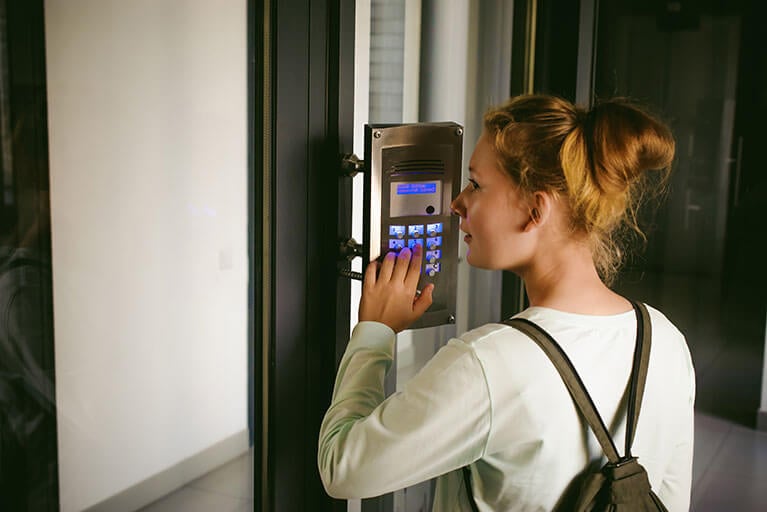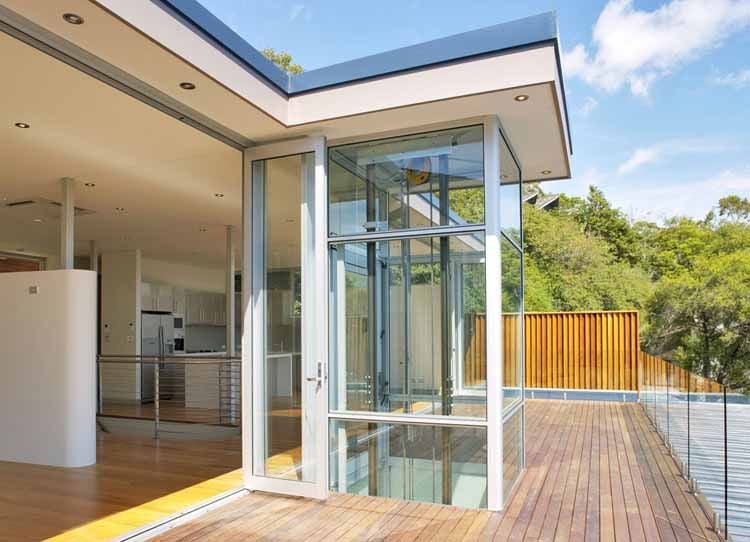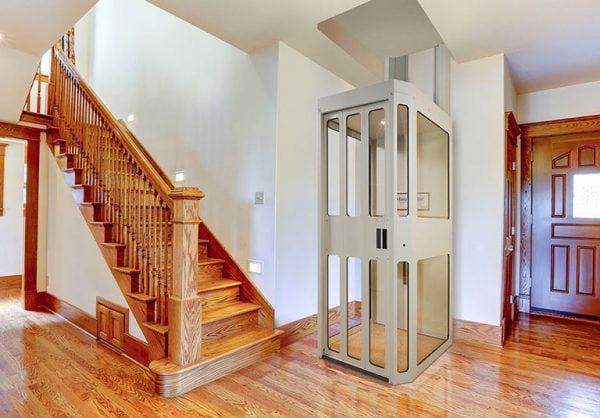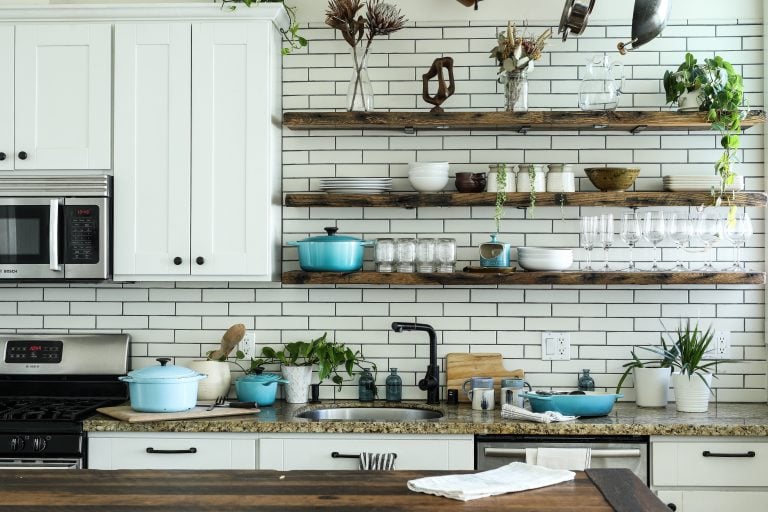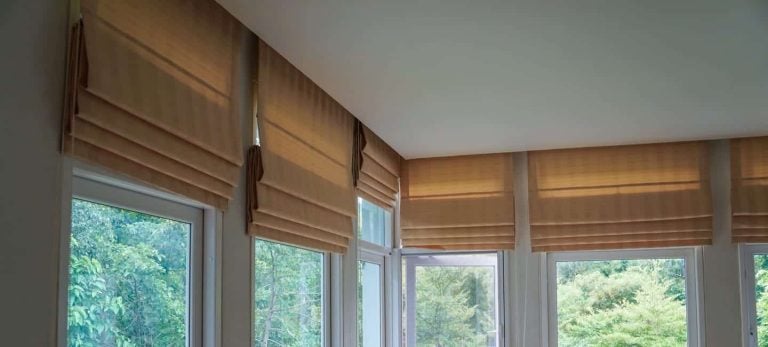Residential vs. Commercial Reroofing: Market Demand and Trends
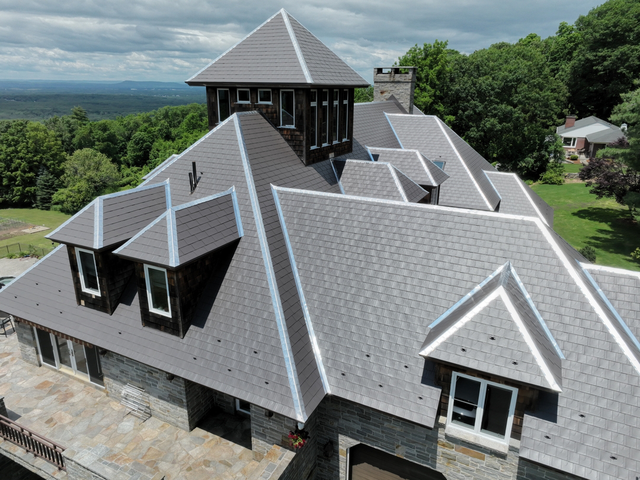
Table of Contents
Reroofing is a major expenditure for both homeowners and business owners. In this article, we analyze the residential and commercial roofing markets in the United States and Canada, looking at demand, costs, trends and other key factors.
Residential Reroofing Market
The residential roofing market covers single-family homes, townhouses, duplexes, apartment buildings and other residential properties with 1-4 housing units. In the United States, this market was valued at $10.4 billion in 2023 and is projected to grow steadily over the next decade.
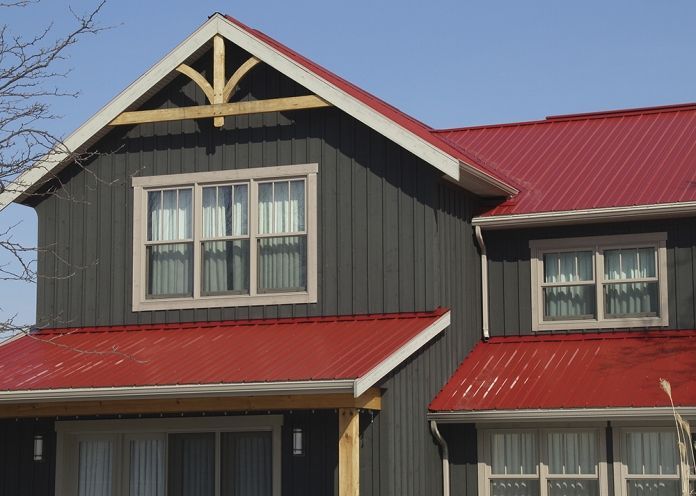
In Canada, the residential re-roofing market is estimated to be worth around $1.5 billion annually. About 25% of Canadian homes will need new roofs over the next 5 years, presenting an opportunity for roofing contractors in major metro areas like Toronto, Vancouver, Montreal and Calgary. Labour shortages pose some challenges to meeting demand. The average cost to reroof a home in Canada is $5,000 — $10,000 depending on the roof size, material and location. When hiring a contractor for a residential re-roofing project, homeowners should ensure they select a trusted reroofing contractor with experience, licensing and a solid reputation.
Several key factors are driving demand in the residential re-roofing market:
Aging Housing Stock
Asphalt shingles make up over 75% of the U.S. residential roofing market. These have an average lifespan of 20-25 years before needing replacement. Many homes built in the housing boom of the 1980s and 1990s now have aging roofs reaching this replacement threshold. Data from the National Association of Home Builders shows over 40% of U.S. homes were built between 1970-1999, representing a huge wave of demand for roof replacements in the coming years.
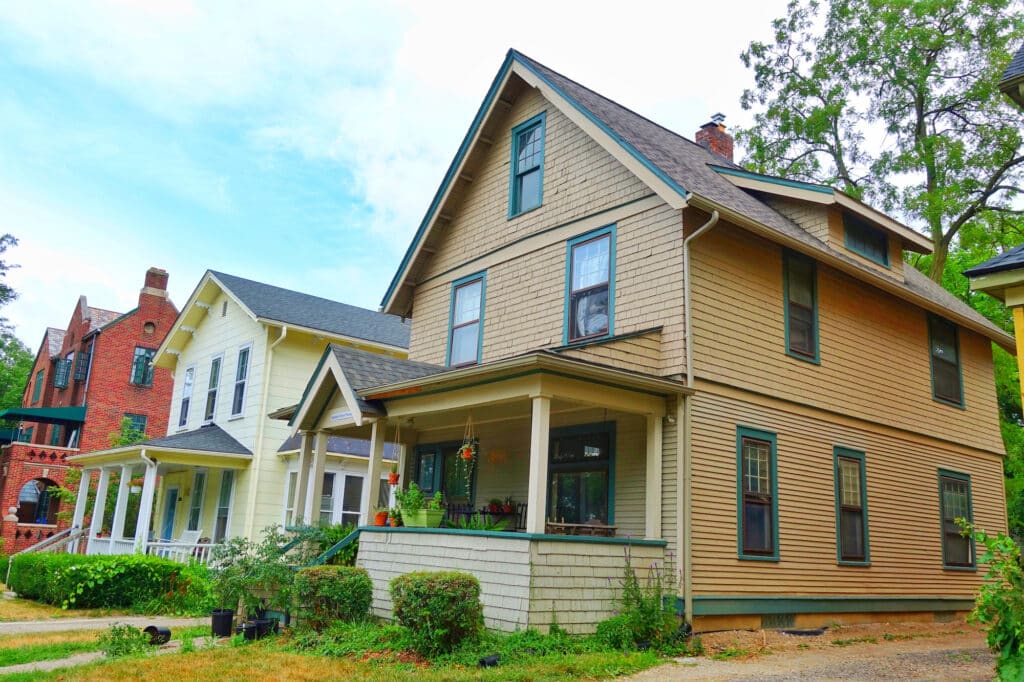
In addition to asphalt shingles, U.S. homes may have a wood shake, slate, concrete, or clay tile roofs. Each material has varying durability — clay tiles may last over 100 years, while wood shakes average 30 years before needing replacement. Homeowners must factor in roofing material, age and condition when deciding on reroofing projects.
Asphalt shingles make up over 75% of the roofing in Canada as well. These shingles typically last 20-25 years before needing replacement. Many Canadian homes built in the 1970s-1990s now require new roofs. Industry data shows around 20% of Canadian homes will need new roofs by 2025.
Severe Weather Effects
Homes in regions prone to severe storms, heavy snowfall, hail and hurricanes see accelerated wear and tear on their roofs. A heavy hailstorm or hurricane can damage a roof extensively, requiring full replacement several years before its expected lifespan. Freak weather events like tornadoes and derechos also create unexpected reroofing demand in affected areas.
Homeowners filing weather-related insurance claims often use claim payouts to fully reroof rather than do patch repairs. The insurance industry estimates over $18 billion is paid out annually for U.S. property damage from severe weather. Much of this money flows into residential reroofing projects.
Renovations and Curb Appeal
Re-roofing often coincides with major renovations or remodeling projects on a home. Updating the roof is part of improving the home’s aesthetics and functionality. Curb appeal also matters for homeowners looking to sell. Real estate agents recommend strategic updates like reroofing to maximize sale prices.
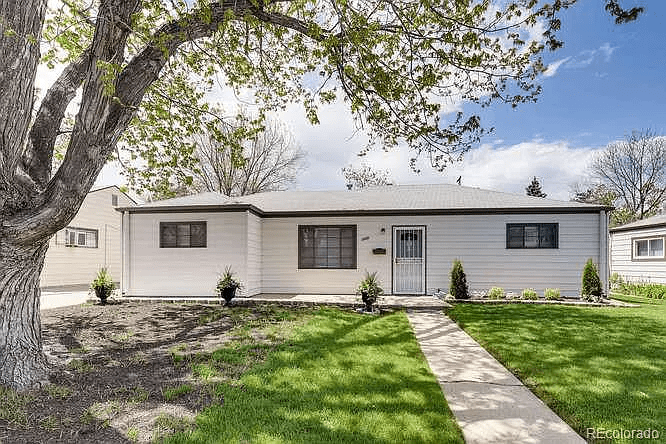
Premium asphalt shingle colors, imitation wood shakes, slate-look steel tiles and other decorative touches are popular for boosting home exteriors. The residential reroofing market increasingly overlaps with the demand for customized, premium roof styles.
Safety & Maintenance
Homeowners replace aging, worn roofs to protect their families and most valuable assets. Leaky roofs lead to water intrusion, mold growth, damaged insulation and other hazards if left unaddressed. Keeping roofs updated is part of proper home maintenance.
Energy Efficiency
Modern roofing materials like synthetic polymer shingles and metal roofs offer increased insulation and energy efficiency benefits. Homeowners in cold climates may reroof for lower heating costs, while those in hot climates seek cooler attics and reduced air conditioning costs. The Department of Energy found light-colored “cool” roofs can reduce home energy costs by up to 20%.
Commercial Reroofing Market
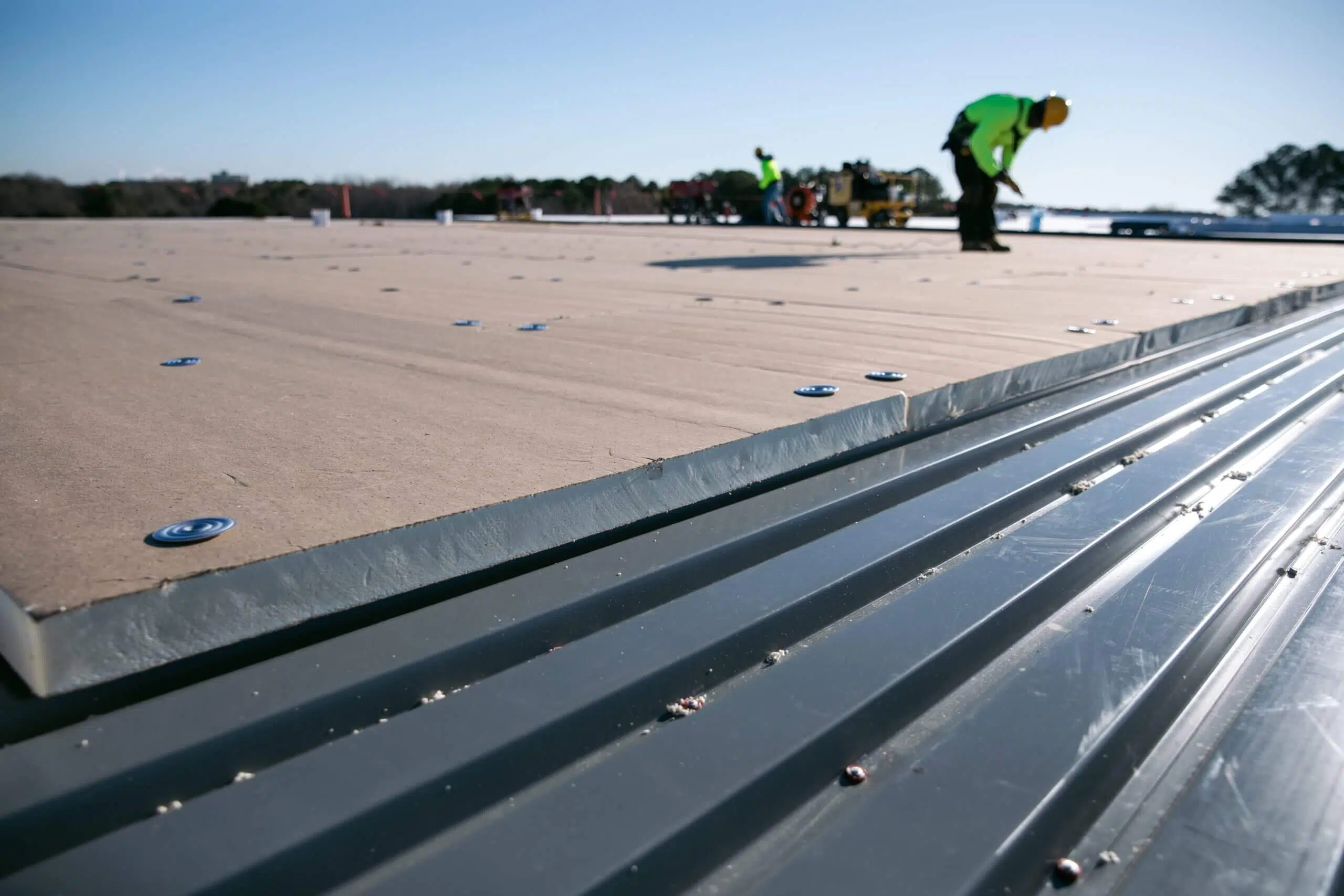
The commercial reroofing market encompasses offices, retail stores, warehouses, apartments, hospitals, schools, churches, government buildings and other non-residential properties. In the U.S., commercial reroofing generates over $9 billion in annual revenue.
Market drivers for commercial roof replacement include:
Property Investors and REITs
Commercial real estate is often owned and managed by third-party investors, property management corporations, and Real Estate Investment Trusts (REITs). These stakeholders take a portfolio approach to roof asset management. They strategically budget and schedule reroofing projects to maximize useful life while meeting safety codes and optimizing cash flow. REITs and major property investors are key drivers of commercial reroofing demand.
Tenant Retention & Attraction
The appeal and costs associated with a worn, leaky roof may deter business tenants from renewing or signing new leases. Landlords and property managers leverage reroofing projects to retain and attract tenants. Offering updated building improvements gives a competitive edge. Reroofing helps sustain long-term occupancy rates and lease income.
Inventory Management
National retail chains, restaurant groups, hotels and other corporations treat roofs as critical infrastructure. They take a portfolio approach to reroofing hundreds or thousands of locations based on building age, location, sales metrics and brand standards. For example, McDonald’s has outlined a Global Roof Management Program guiding its roof maintenance worldwide. Company inventory and capital budget planning are major factors in commercial roof replacement.
Building/Safety Codes
Commercial structures must adhere to statutory building codes and safety regulations. Property owners and managers factor compliance into roof asset management programs. Different states, municipalities or building uses have varying criteria that dictate minimum standards for roof condition, materials, inspection schedules and maintenance. Reroofing ensures continued regulatory compliance.
Sustainability Goals
Corporations and property managers increasingly prioritize sustainability initiatives. Cool roofing, green roofs, solar panel integration, and the use of recyclable and eco-friendly materials are rising trends. Reroofing ties into net-zero energy goals, LEED certification programs, ESG investor criteria and corporate social responsibility plans. It also improves energy efficiency and lowers utility costs.
The commercial sector relies on large general contractors with advanced project management skills for reroofing supply chain logistics. Materials costs range from $10-$30 per sq. ft installed based on roof size/height, materials selected and geographic region. Safety regulations make this sector’s reroofing more complex than residential projects.
Industry Trends and Innovations
Key trends reshaping the reroofing industry include:
- Shift toward more durable roofing materials like metal and composite roofs.
- Technology like drone inspections improves contractor efficiency.
- Sustainable building practices such as cool roofs, green roofs and solar integration gaining popularity.
- Premium and customized roof designs emerging, especially in residential markets.
- Shortage of skilled labour requiring workforce training and immigration reform.
- The future of reroofing depends on climate factors, building codes, labour pools, technology and economic conditions across North America. But demand remains strong.
Conclusion
The reroofing industry sees robust activity in both the residential and commercial sectors across the United States and Canada. While market drivers vary, the overarching trends point toward continued growth, innovation and strategic roof maintenance from homeowners and businesses alike.

